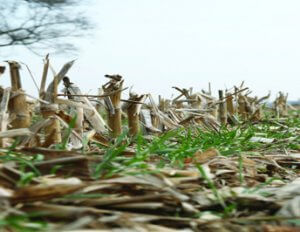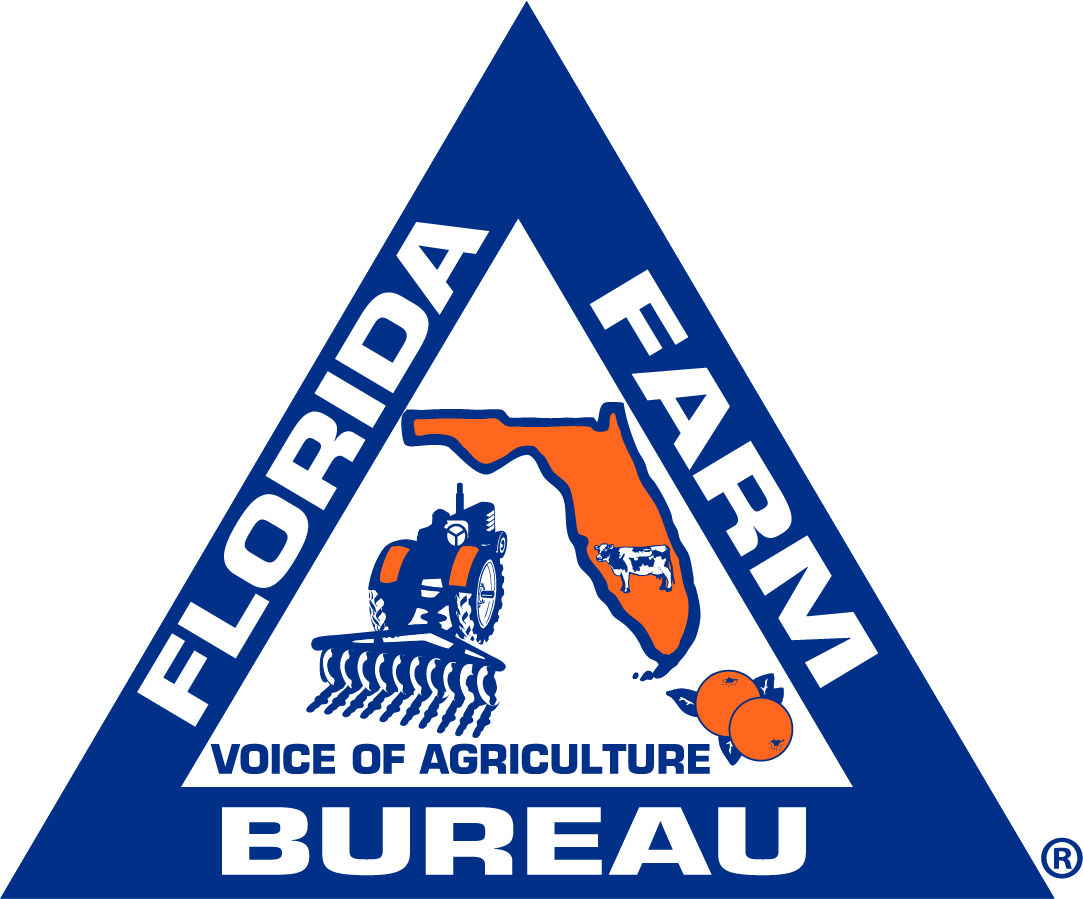January 5, 2018
 In 2016, the Sustainable Agriculture Research and Education (SARE) program and the Conservation Technology Information Center (CTIC) surveyed American farmers regarding the advantages of utilizing cover crops on their farms.
In 2016, the Sustainable Agriculture Research and Education (SARE) program and the Conservation Technology Information Center (CTIC) surveyed American farmers regarding the advantages of utilizing cover crops on their farms.
The thoughts and opinions of 2,102 farmers were collected. Eighty-eight percent of farmers reported using cover crops with 12 percent identifying as non-users.
The farmers surveyed reported cereal rye to be their top choice for cover cropping, followed by oats and radish. Of the past five surveys, this was the first year SARE/CTIC was able to collect enough data to be analyzed for yield differences in wheat.
The survey reported a steady increase of the average acres per participant to be 400 and projections are predicted to increase further to 451 in 2017. According to the survey, about three-fourths of the 2016 cover crops were planted by farmers themselves with about 73 percent of the crops planted after harvest.
Eighty-six percent of respondents reported the main benefit of using cover crops was reported to be soil health. Another benefit of cover crops includes controlling herbicide-resistant weeds. In fact, 66 percent of farmers reported weed control was improved after a cereal rye cover crop. Cover crop mixes were also noted to be the top cover crop species for weed control.
In addition, all the non-users surveyed reported being interested in learning more about cover crops.
For more information view the survey results: https://www.sare.org/Learning-Center/From-the-Field/North-Central-SARE-From-the-Field/2017-Cover-Crop-Survey-Analysis

